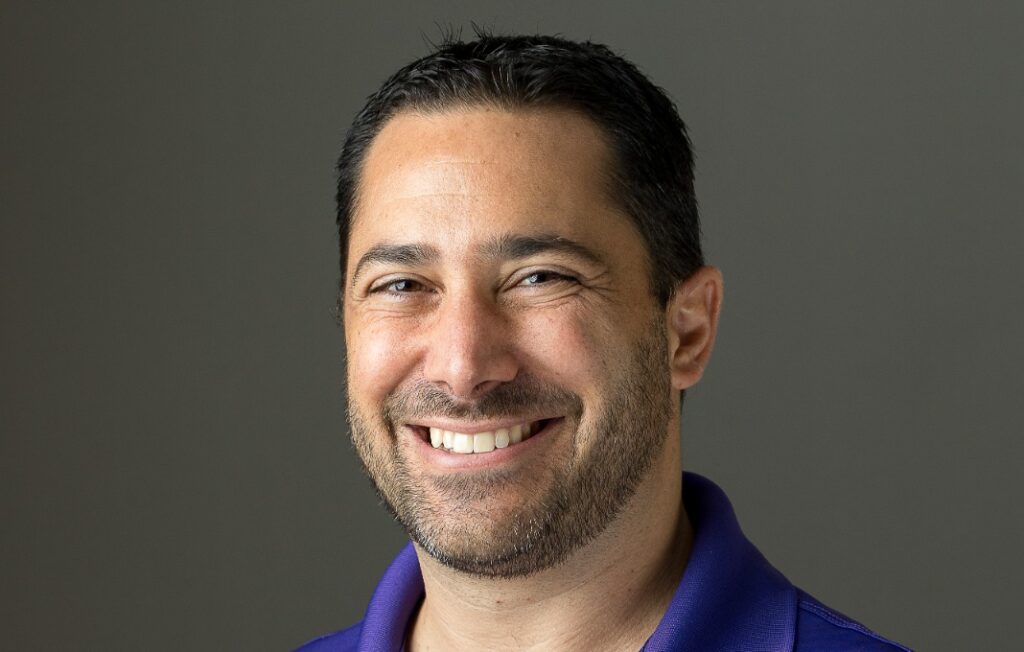One of the most critical lessons that HR leaders learned during the course of the pandemic is that resiliency is critical to employee well-being—and company success. But building a resilient workforce isn’t a simple or easy process.
Jonathan Gelfand, senior vice president, solutions consulting at Boston-based meQuilibrium, spoke with StrategicCHRO360 about how to create an approach that really makes a difference, what leadership qualities are most important to building resilient employees and the key element that most wellness programs miss.
Why is resilience so important to employee well-being?
Resilience is essential to well-being. Sometimes resiliency is narrowly defined as simply the ability to bounce back in times of stress and challenge. Certainly, resilience is critical to perform at our best when it matters the most. As we develop and build skills of personal resiliency, our overall well-being improves, we expand our emotional intelligence, agility, physical energy, positivity and sense of purpose, among other factors. As an outcome, this enhances our lives at home and work, our relationships with family, friends, and with ourselves. Not just when times are tough but on a daily basis.
Organizations with resilient workforces, therefore, perform better. They communicate better, are more agile, arrive at creative solutions, and are better able to work independently and collaborate effectively. Resilient teams and organizations have a distinct positive energy and drive. They work more “in the flow” and are able to marshal their individual and team resources when it matters most.
Personal resilience is at the very core of successful employee well-being initiatives. Companies focused on measurable workforce resilience are able to transform their efforts from nice-to-have well-being “programs” of the past to a relevant workforce strategy with demonstrable impact on workforce health, well-being, attraction, retention, engagement and business performance.
Which initiatives can CHROs focus on that will help their workforces thrive in the face of uncertainty?
Recognizing the dramatic pace of change, the pandemic and geopolitical instability, it’s no surprise that many employees are on edge, looking for a change and feeling uncertain about what is next. They are left wondering what is lurking around the corner. While we might not have the answer to “What comes next?”, CHROs are firmly in the position to address “How can my company be ready for whatever comes next?”
CHROs should build and measure workforce resilience. Resilience training is a set of skills that allow people to be prepared for the unexpected, be proactive about taking control of their work and life, and prevent the challenges that threaten agility. Resilience is the antidote for uncertainty: People who improve their resilience see a 30 percent decrease in anxiety, a 48 percent decrease in stress and are 31 percent more engaged.
CHROs should incorporate resilience training in their leadership training and upskilling initiatives. Building a solid pipeline of leaders ensures that employers are not only looking at solving the issues of right now, but also looking ahead to the future. Key leadership qualities specifically needed to help their organizations navigate uncertainty include emotional intelligence, positivity, emotion control, authenticity, poise and growth mindset.
What lessons have you learned from your previous work supporting the well-being of 250,000 IBM employees that shape your role at meQuilibrium?
My experience leading workforce well-being and health promotion strategy at IBM has had a huge influence on how I work with our clients, as has my similar role at Hess Corporation and the work consulting to multinationals and Fortune 500. I understand the complexities of organizations ranging from 250 employees to 250,000-plus employees with varying cultures across the globe, and have experience developing and executing strategy with a demonstrable impact across the enterprise.
Across our clients at meQuilibrium and in my experience, there are a few key ingredients that we can incorporate in supporting our clients and ensuring they have a successful and sustainable resilience strategy.
First, every company is at a different place in the evolution and maturity of their efforts. For multinationals, this may vary in different countries within the company. It’s important to consider the cultural needs and meet the employees where they are. Employers are starting at different places and have unique goals—whether they are addressing mental health stigma, creating a psychologically safe workplace environment, demonstrating cost and productivity savings, or using resilience training to combat burnout, ignite creativity and enhance team engagement.
Stakeholder support is critical for sustained success around any HR initiative, especially when it comes to workforce well-being. Visible senior executive sponsorship from business leaders is crucial in addressing stigma and signals company commitment toward workforce resilience and well-being as a talent, benefits and ultimately a business imperative. But we must empower champions—both executive and grassroots—with the personal tools and leadership skills to succeed in this role. Many well-being programs miss this key element, and so they don’t deliver and can’t resonate with business leaders personally. As a result, we find that leaders are not able to confidently serve as role models or spokespeople.
Many employers focus on employee assistance programs and behavioral health networks as part of their mental health strategy. However, these programs are not strategic levers to proactively build skills that prepare people to succeed in times of stress, transformation and change. While these programs can play a critical role, they are primarily resources available in a time of clinical need. In my experience and in my conversations with benefits design peers over the years, there is an acknowledgement that these services are insufficient at creating psychological safety in the workforce, breaking stigmas and ensuring the workforce is mentally prepared—i.e., resilient—to take on the challenges in an ever-complex world.
Employers should look under the hood, inquire about whether a workforce solution is evidence-based, if it has proven efficacy and can measure the outcomes that matter to the company, such as impact on healthcare trend, health status, attraction, reduction in risk for burnout, turnover, absence, engagement, NPS, etc. Well-being vendor portal traffic alone does not equate to real behavior change, improvements in health, impact on productivity nor the bottom line.
It’s important to leverage internal mechanisms and vendor communications to cut through the cacophony. Well-being resources may get buried in annual enrollment materials seen once a year or are inadvertently hidden under an “aggregator” or well-being hub. Employers should understand the challenges for their workforce and focus on these critical issues. At IBM, we identified mental health, cardio and musculoskeletal as key themes and we were able to put a spotlight on these, raise awareness and impact workforce well-being for participants.








